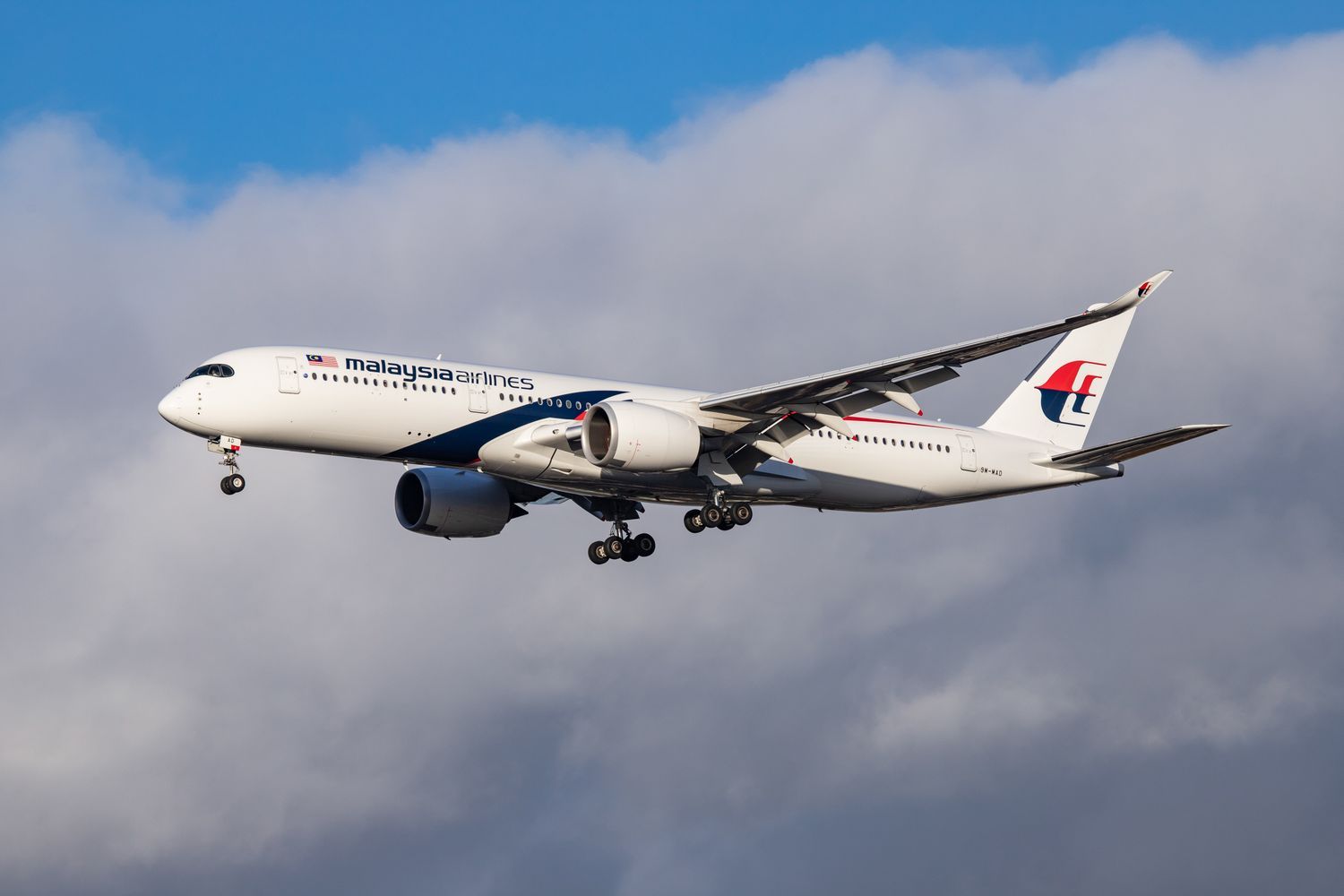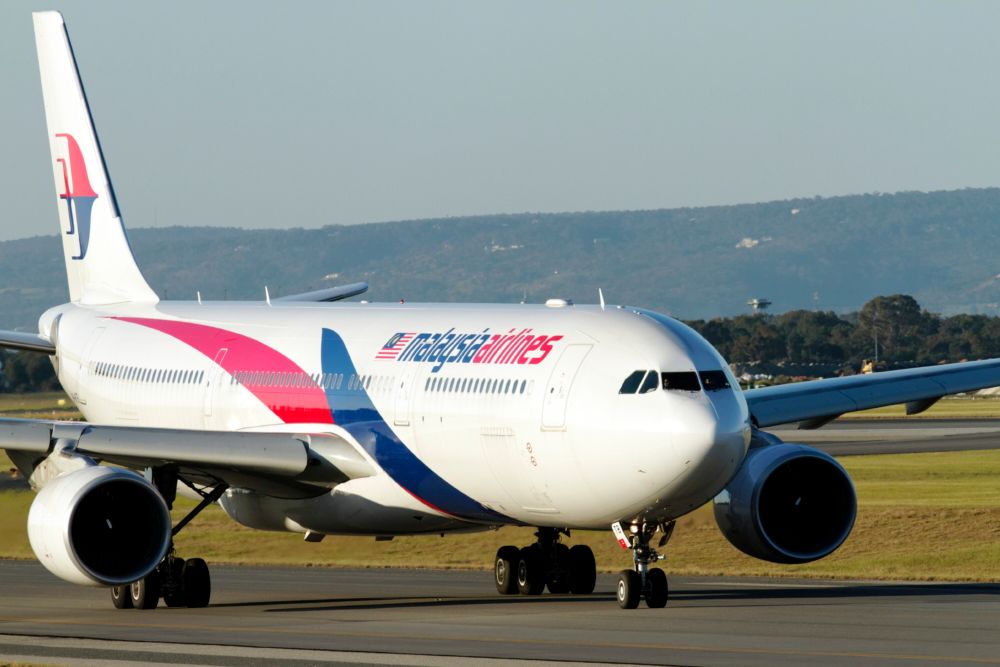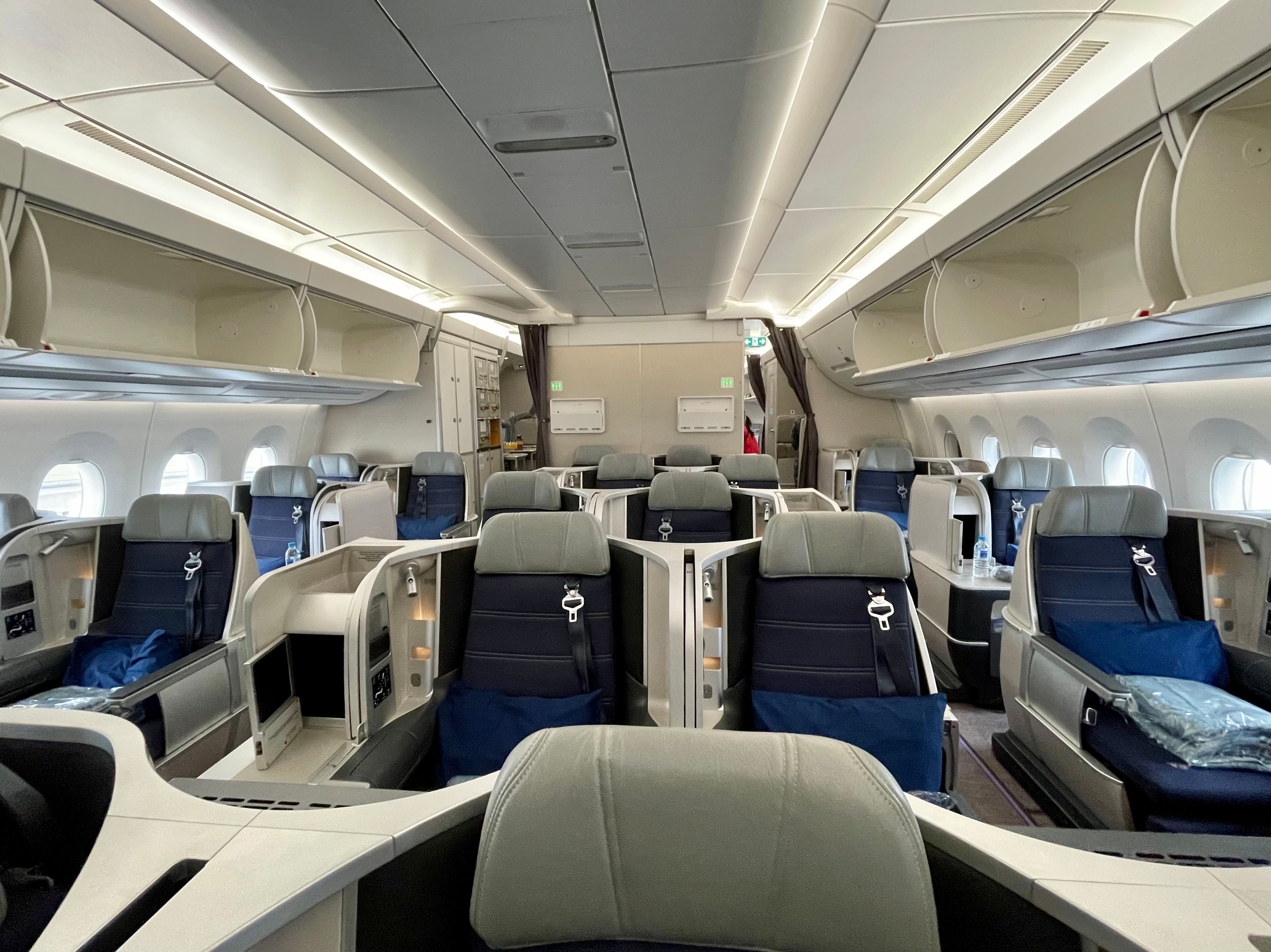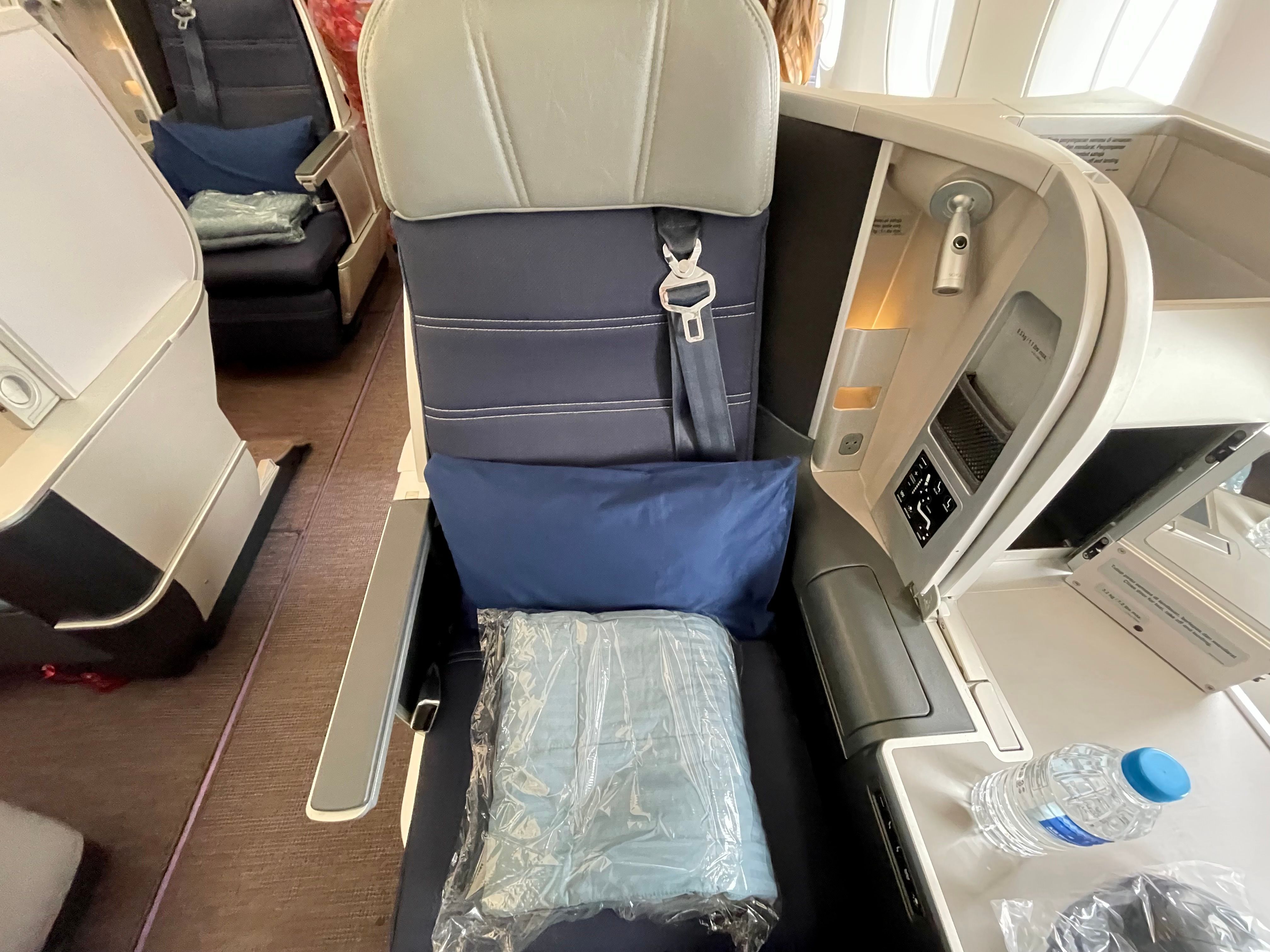On April 1st, Malaysia reopened its borders for general tourism, and on May 1st, the country no longer required fully vaccinated travelers to take pre-departure and on-arrival COVID-19 tests. Industry restrictions have continued to relax since, and key routes such as Kuala Lumpur to London have seen rapid growth. With this progress in mind, Simple Flying caught up with Captain Izham Ismail, Group Chief Executive Officer of Malaysia Aviation Group, to understand how recovery is going.
Flagship route
Malaysia Airlines prides itself on being the only commercial operator to provide nonstop flights between Kuala Lumpur International Airport and London Heathrow. The flight covers a distance of 10,616 km (5,730 NM) at an average duration of 12 hours and 49 minutes.
Demand slowly started to rise in spring, and the carrier began to increase its flying schedule. The airline recognizes that it is fortunate that its operations are split between business and leisure travel. So, it’s been able to take advantage of positive changes in both segments this year.
Captain Ismail explained that the London service is doing incredibly well, performing at almost 100% load factors, especially regarding peak summer bookings between July and early September. The company is also reporting robust forward booking for the year-end holiday season.
Discover more aviation news here.
The right vessel
The Airbus A350 is the aircraft of choice on the London route, replacing the A380 on the service in 2018. With six A350-900s in its fleet at an average age of four years, they provide a combined capacity of over 1,700 seats. While offering less capacity than the 2,900 seats of the six A380s, there is a better balance with the A350 due to its efficiency.
Malaysia Airlines has highlighted that the A350 configuration is optimal with its four business suites via the rebranded first class. There is also a business class cabin with 33 seats and an economy cabin of over 240 seats - 27 of these have extra legroom.
Growth potential
Altogether, the carrier is continuing to assess the potential opportunities of expanding its footprint across the globe and, if necessary, will introduce additional routes and boost frequency to meet these growing demands. Despite the last few years being challenging for Malaysia Airlines, it remains bullish and steadfast on its future and long-term goals as it continues to drive growth across its departments. Nonetheless, it remains cautiously optimistic about the operating environments and fluctuating market climate.
Captain Ismail explains:
“MAG will continue to focus on network expansion, resumption of services that have been put on hold due to the pandemic, staying relevant to the market by being attentive to customer preference, introducing new innovations and staying top of mind among consumers with engaging campaigns whilst also investing into our future through sustainable initiatives and ESG. We are facing significant headwind with high fuel prices and the weakening Malaysian ringgit. The Russian/Ukraine conflict has raised concerns and challenges in managing operational cost, which is directly impacted by the escalating fuel price, and the weakening ringgit impacts our costs as about 45% of our expenditure is in USD. We are cautious of potential downside scenarios and market fluidity and are taking steps to cushion the impact they may have on our businesses.”
The firm will continue to closely monitor the level of capacity coming into the market as all carriers rush to scale up their services. The challenge is to work towards the right level of supply of seats against the level of demand that is anticipated.
“Too much supply, and we are likely to see a price war which is unhealthy and unsustainable. The airline is proactively managing its capacity to mitigate unprofitable routes due to rising fuel costs.”
Stay informed: Sign up for our daily and weekly aviation news digests.
The recovery season saw Malaysia Airlines flying to London 11 times a week, but by July, frequency was boosted to 14 flights a week. Now, the airline has fully restored its pre-pandemic schedule to the capital of the United Kingdom. With almost 100% load factors, we can expect further growth heading into 2023.
What are your thoughts about Malaysia Airlines’ flights to London? What do you make of the overall opportunities in this field? Let us know what you think of the carrier and its operations in the comment section.




